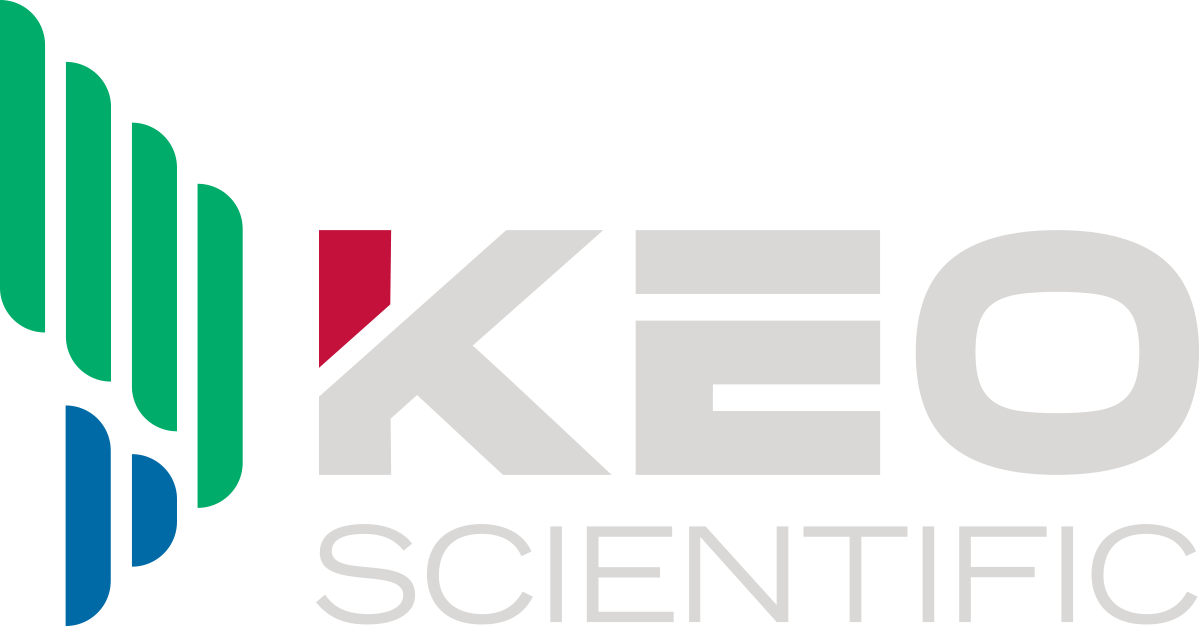Reach Out Today
Speak with our team to learn more about our products, services, and how we can help you achieve success.
Keo Scientific can provide full absolute spectral calibration and characterization of imagers, photometers, and spectrographs using our NIST traceable in-house integrating spheres which are custom-built and calibrated especially for the extremely low light-levels encountered in atmospheric and ionospheric research.
The purpose of our imager Absolute Calibration Service is to establish a relationship between the somewhat arbitrary, instrument dependent raw pixel values, known as “counts” (or dn), and photon flux (apparent emission rate) in physical units of rayleighs (R), making the data more directly useful to the scientist.
Such characterization must be performed separately for each imager, for each filter, and for each pixel within the image, and for a variety of CCD/EMCCD gain and exposure settings.
Imager Calibration is a multi-stage process: First, filter bandpass curves have to be established using a monochromator. Next, on-axis sensitivity is established for each filter by imaging the output of our calibrated (NIST- traceable) Integrating Spheres, through the filter and onto the sensor. This results in the “Absolute Calibration Coefficient”. Finally, a “flat field” must be generated, in order to compensate for off-axis vignetting. Flat-fielding a fisheye field of view is not a trivial task, but Keo Scientific has developed a unique technique for accomplishing this. This results in the “Uniformity Coefficient Files”, one for each filter.
A Calibration Certificate with supporting files, containing all this information, is issued to the end user, equipping him/her to infer the rayleigh emission rate originating from the volume in space represented by any given pixel within the image (whether on- or off-axis).
Speak with our team to learn more about our products, services, and how we can help you achieve success.
